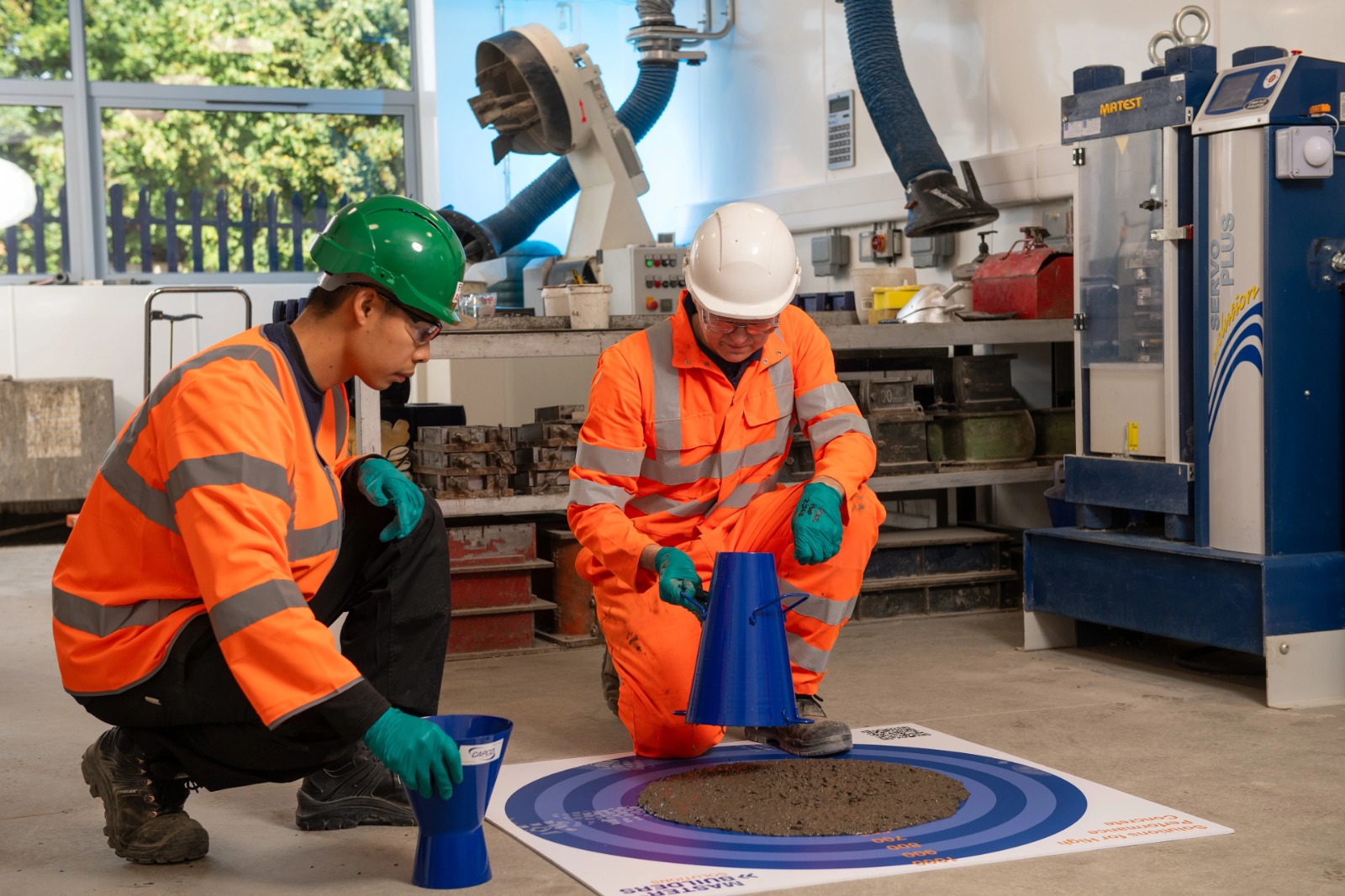In today’s fast-paced world, ensuring the safety of people and assets has become a top priority for organizations and communities alike. Real-time safety alerts have emerged as an essential tool to proactively manage risks and respond promptly to emergencies. This article explores the best practices for implementing real-time safety alerts effectively, helping you maximize their impact and enhance overall safety measures.
Understanding Real-Time Safety Alerts
Real-time safety alerts refer to immediate notifications delivered to individuals or groups to inform them about potential or ongoing safety threats. These alerts can be disseminated through various channels such as mobile apps, SMS, email, public address systems, or dedicated safety platforms like Safety-Chat. The primary goal is to provide timely information that enables swift action to prevent accidents, injuries, or other hazardous outcomes.
Why Real-Time Safety Alerts Matter
The value of real-time safety alerts lies in their ability to reduce response times and improve situational awareness. Whether it’s a natural disaster, workplace hazard, or security breach, receiving instant notifications allows people to take precautionary measures or evacuate safely. This immediacy can save lives, protect property, and minimize operational disruptions.
Best Practices for Implementing Real-Time Safety Alerts
1. Assess Your Safety Needs and Risks
Before setting up real-time safety alerts, conduct a thorough assessment of your environment to identify potential hazards. This could involve analyzing workplace accident data, local crime statistics, or environmental risks such as floods or fires. Understanding these factors will help tailor alerts to relevant threats and avoid unnecessary notifications.
2. Choose the Right Technology Platform
Selecting a robust and scalable platform is crucial for effective real-time safety alerts. The system should support multiple communication channels, integrate easily with existing infrastructure, and provide customizable alert settings. Platforms like Safety-Chat offer advanced features such as geofencing, priority messaging, and two-way communication, enhancing the effectiveness of alerts.
3. Ensure Clear and Concise Messaging
The content of real-time safety alerts must be straightforward and unambiguous. Use simple language and avoid jargon to ensure that recipients understand the threat and the recommended actions immediately. Include essential details like the nature of the hazard, affected areas, and instructions on what to do next.
4. Enable Multi-Channel Delivery
To reach as many people as possible, deliver real-time safety alerts through various channels simultaneously. Mobile notifications, text messages, emails, and loudspeaker announcements can complement each other, especially in diverse environments where not everyone may have access to a smartphone or internet connection at all times.
5. Segment Your Audience for Targeted Alerts
Not all safety alerts are relevant to everyone. Use audience segmentation based on location, role, or risk exposure to send targeted notifications. This prevents alert fatigue, ensuring that recipients only receive messages pertinent to their safety.
6. Test and Update Your Alert System Regularly
Conduct regular drills and system tests to ensure that real-time safety alerts are functioning correctly. Periodic reviews allow you to update contact information, improve message templates, and adjust protocols based on user feedback and changing risks.
7. Train Employees and Stakeholders
Awareness and training play a vital role in maximizing the benefits of real-time safety alerts. Educate employees, residents, or community members on how to respond to alerts, how to use the alert system, and the importance of timely compliance.
8. Comply with Legal and Privacy Standards
Ensure that your real-time safety alerts system complies with relevant data protection laws and privacy regulations. Obtain necessary consents for sending alerts and safeguard user data to maintain trust and avoid legal complications.
Integrating Real-Time Safety Alerts with Broader Safety Strategies
Real-time safety alerts should not operate in isolation. Integrate them within a comprehensive safety management framework that includes risk assessment, preventive measures, training programs, and emergency response plans. This holistic approach amplifies the effectiveness of alerts and fosters a culture of safety.
Measuring the Effectiveness of Real-Time Safety Alerts
To optimize your alert system, track key performance indicators such as delivery rates, response times, and user engagement. Collecting feedback after incidents helps identify gaps and refine alert protocols. Monitoring these metrics ensures that your real-time safety alerts remain relevant and impactful.
The Future of Real-Time Safety Alerts
Advancements in technology, including artificial intelligence, machine learning, and IoT devices, are shaping the future of real-time safety alerts. These innovations promise more accurate threat detection, predictive analytics, and automated alerting, enabling even faster and smarter responses to safety challenges.
Conclusion
Implementing real-time safety alerts is a critical step toward enhancing safety in any environment. By assessing risks, selecting the right technology, crafting clear messages, and engaging your audience effectively, you can ensure that these alerts deliver timely, actionable information when it matters most. Platforms like Safety-Chat facilitate this process, providing versatile solutions tailored to real-world safety needs. As threats evolve, staying proactive with real-time safety alerts will remain a cornerstone of effective safety management.



